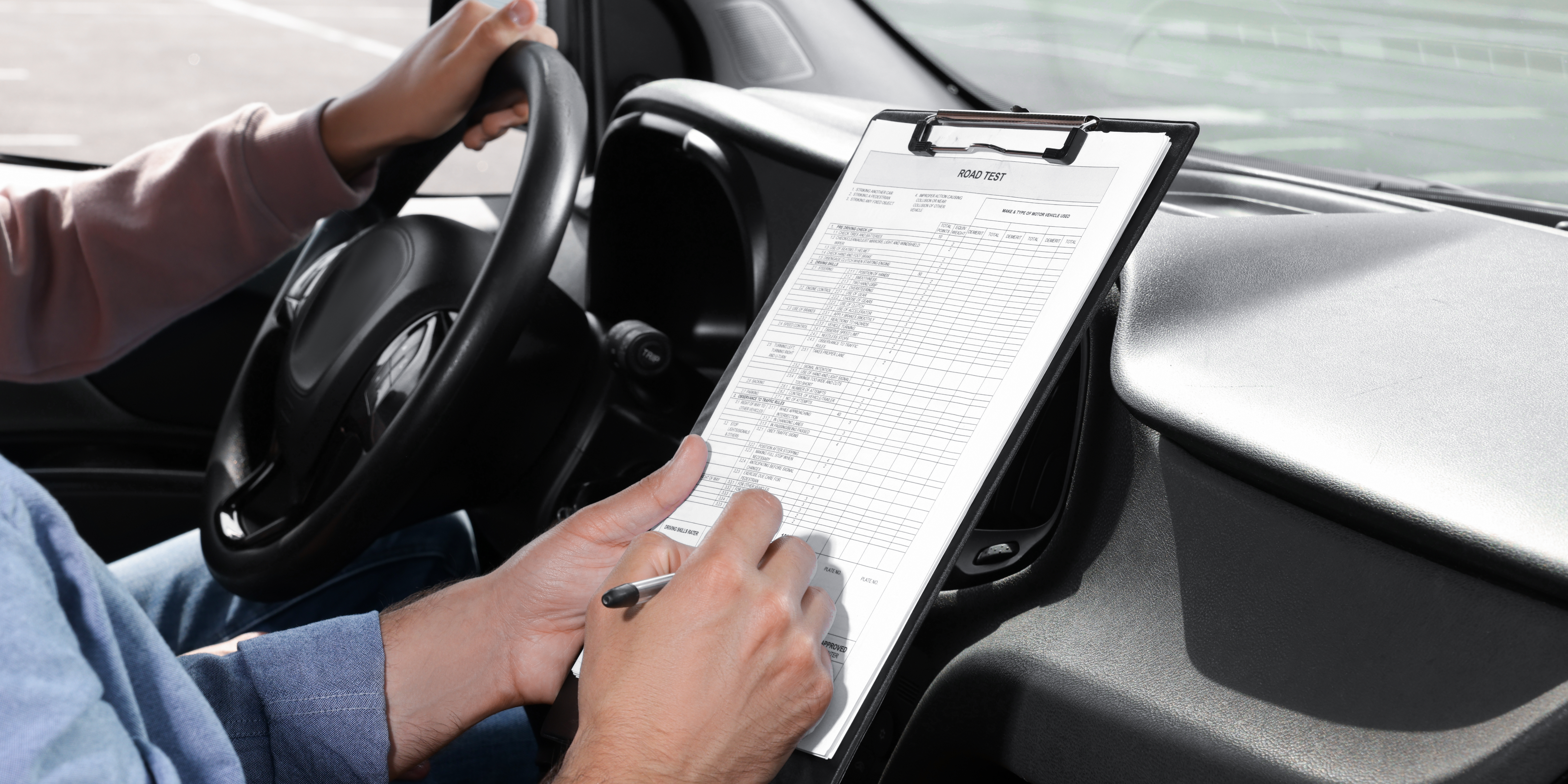In a world increasingly concerned about climate change and environmental sustainability, every individual’s actions, no matter how small, can make a significant impact. One area where we can all contribute to a greener future is through our driving habits. Eco-friendly driving isn’t just about saving fuel—it’s about reducing emissions, conserving resources, and minimizing our carbon footprint on the planet. In this comprehensive guide, we’ll explore practical tips and strategies to help you drive more sustainably and reduce your environmental impact while on the road.
Understanding Your Carbon Footprint
Before delving into eco-friendly driving practices, it’s essential to understand what contributes to your carbon footprint while behind the wheel. Your carbon footprint is the total amount of greenhouse gases, primarily carbon dioxide (CO2), emitted directly or indirectly as a result of your activities, including driving. Factors that influence your carbon footprint while driving include:
- Vehicle Fuel Efficiency: The fuel efficiency of your vehicle plays a significant role in determining its emissions. Vehicles with lower fuel economy tend to emit more CO2 per mile driven.
- Driving Behavior: Aggressive driving, excessive speeding, and frequent acceleration and braking can increase fuel consumption and emissions.
- Vehicle Maintenance: Proper maintenance, including regular tune-ups, tire inflation, and engine servicing, can improve fuel efficiency and reduce emissions.
- Trip Planning: Efficient trip planning can minimize unnecessary driving and optimize routes, reducing fuel consumption and emissions.
Tips for Eco-Friendly Driving
Now that we’ve established the factors influencing your carbon footprint while driving, let’s explore practical tips for driving more sustainably:
- Choose a Fuel-Efficient Vehicle: When purchasing a new vehicle, opt for models with higher fuel economy ratings or consider alternative fuel vehicles such as hybrids or electric cars, which produce fewer emissions.
- Drive Smoothly and Moderately: Avoid aggressive driving behaviors such as rapid acceleration, excessive speeding, and abrupt braking. Maintain a steady speed and anticipate traffic flow to reduce fuel consumption and emissions.
- Keep Your Vehicle Well-Maintained: Regularly service your vehicle according to the manufacturer’s recommendations. Proper maintenance, including oil changes, air filter replacements, and tire rotations, can improve fuel efficiency and reduce emissions.
- Minimize Idling: Avoid unnecessary idling, such as waiting for extended periods with the engine running. Turn off your engine if you anticipate being parked for more than a minute to conserve fuel and reduce emissions.
- Optimize Your Route: Plan your trips efficiently to minimize driving distances and avoid traffic congestion whenever possible. Use navigation apps or GPS devices to find the shortest and most fuel-efficient routes.
- Combine Errands: Combine multiple errands into a single trip to reduce the number of miles driven and maximize fuel efficiency. Grouping errands together saves time, fuel, and reduces emissions.
- Maintain a Consistent Speed: Driving at a consistent speed helps optimize fuel efficiency. Use cruise control on highways to maintain a steady pace and reduce fuel consumption on long journeys.
- Reduce Vehicle Weight: Remove unnecessary items from your vehicle, such as roof racks or heavy cargo, when not in use. Extra weight increases fuel consumption and emissions, so travel light whenever possible.
- Use Eco-Friendly Driving Modes: Many modern vehicles offer eco-friendly driving modes or settings that optimize fuel efficiency. Explore these features and use them to reduce your environmental impact while driving.
- Consider Carpooling or Public Transportation: Whenever feasible, carpool with friends, family, or coworkers to share rides and reduce the number of vehicles on the road. Alternatively, consider using public transportation or biking for short trips.
- Invest in Eco-Friendly Upgrades: Explore eco-friendly upgrades for your vehicle, such as low-rolling-resistance tires, aerodynamic enhancements, or engine modifications, to improve fuel efficiency and reduce emissions.
- Offset Your Carbon Emissions: Consider participating in carbon offset programs that support renewable energy projects or reforestation efforts to offset the emissions produced by your driving activities.
In Conclusion, By adopting eco-friendly driving habits and incorporating sustainable practices into your daily commute and travel routines, you can significantly reduce your carbon footprint and contribute to a cleaner, greener environment. Whether it’s choosing a fuel-efficient vehicle, driving smoothly and moderately, or optimizing your route, every effort counts towards building a more sustainable future for generations to come. Together, let’s drive towards a cleaner, healthier planet—one eco-friendly mile at a time.
Click here to view our different packages or click here to book your road test.
Lastly, our services are extended to Toronto, North York, Etobicoke, Scarborough, Vaughan and Brampton.



